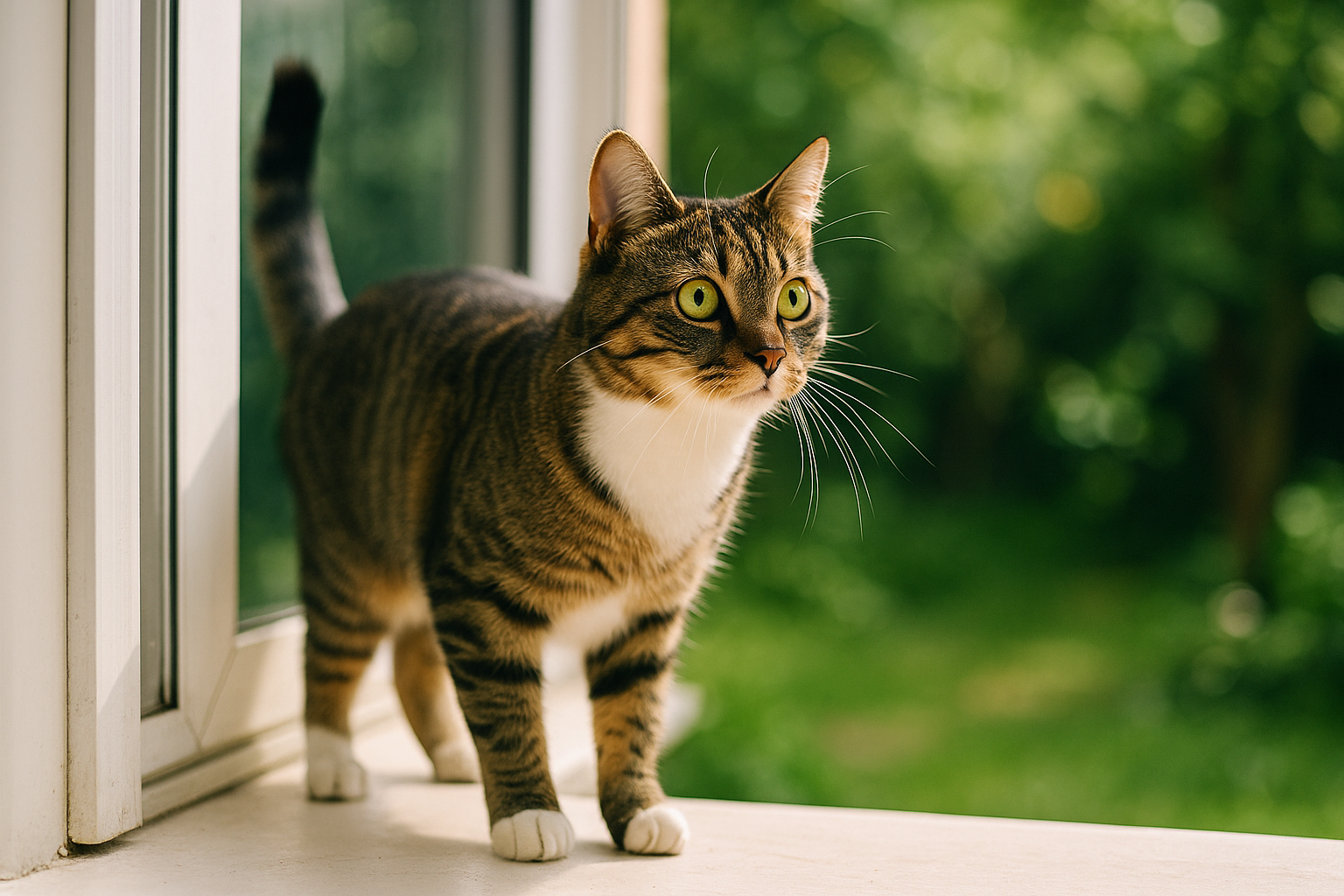Why Litter Training Is Essential
Litter training is a cornerstone of cat ownership, ensuring your home stays clean and your cat feels comfortable. Cats naturally seek out places to eliminate, but without training, they might choose spots like carpets or furniture. Proper litter box use promotes hygiene, reduces stress for your cat, and makes life easier for you. At Friends With Tail, we believe cat training tips like litter training strengthen the bond between you and your feline friend.
Beyond cleanliness, litter training supports your cat’s instincts to bury waste, a behavior rooted in their wild ancestors. A well-trained cat is less likely to develop behavioral issues, such as inappropriate elimination, which can stem from confusion or discomfort. Starting early, especially with kittens, sets a lifelong habit, but even adult cats can learn with patience. Litter training is a win-win, creating a harmonious home for both you and your pet.
Choosing the Right Litter Box
The right litter box makes training smoother and encourages consistent use. Here’s how to pick one:
- Size Matters: Choose a box large enough for your cat to turn around comfortably. A general rule is 1.5 times your cat’s length.
- Open vs. Covered: Open boxes are easier for kittens and nervous cats, while covered boxes offer privacy but may trap odors. Test both to see what your cat prefers.
- Low Sides for Access: Kittens, seniors, or cats with mobility issues need low-sided boxes for easy entry.
- Litter Type: Use unscented, clumping litter for most cats, as it mimics natural soil. Avoid strong fragrances that might deter your cat.
- Location: Place the box in a quiet, accessible spot away from food and water. Avoid high-traffic or noisy areas.
Having multiple boxes—ideally one per cat plus one extra—reduces competition in multi-cat homes. Experiment with litter types and box styles to find the best fit for your cat’s needs.
Step-by-Step Training Process
Training your cat to use a litter box is straightforward with a clear plan. Follow these steps:
- Introduce the Box: Place your cat in the litter box after meals or naps, when they’re likely to need it. Let them explore without forcing them.
- Encourage Digging: Gently move their paw in the litter to mimic digging. Most cats instinctively start pawing.
- Reward Success: When your cat uses the box, praise them softly or offer a small treat. Positive reinforcement builds the habit.
- Watch for Cues: Look for signs like sniffing or circling, then guide your cat to the box. Kittens may need frequent trips during the day.
- Keep It Clean: Scoop daily and change litter weekly. Cats avoid dirty boxes, which can derail training.
- Be Patient: Kittens may take a few days to learn, while adult cats might need weeks, especially if retraining. Stay consistent.
Never punish accidents, as this can create fear and hinder progress. Instead, clean messes thoroughly with an enzymatic cleaner to remove odors. For more cat care advice, explore related articles on litter box solutions.
Troubleshooting Litter Box Issues
Even well-trained cats may avoid the litter box occasionally. Here’s how to address common problems:
- Medical Issues: Sudden avoidance could signal urinary infections or digestive problems. Consult a vet if accidents persist.
- Stress or Changes: Moves, new pets, or schedule shifts can disrupt litter habits. Provide a calm environment and extra boxes during transitions.
- Box Dislike: If your cat avoids the box, try a different litter type, box style, or location. Some cats are picky about texture or privacy.
- Dirty Box: Cats are fastidious. Scoop at least once daily and deep-clean the box monthly to encourage use.
- Territorial Conflicts: In multi-cat homes, ensure enough boxes to prevent bullying or competition. Place them in separate areas.
Patience and observation are key. If issues continue, a vet or behaviorist can offer tailored advice. Addressing problems early prevents long-term habits.
Maintaining a Clean Litter Area
A clean litter area ensures your cat keeps using the box. Here’s how to maintain it:
- Daily Scooping: Remove waste daily to keep the box inviting. Use a slotted scoop for clumping litter.
- Weekly Cleaning: Empty the box, scrub it with mild soap, and refill with fresh litter. Avoid strong detergents that leave scents.
- Odor Control: Use baking soda or litter deodorizers sparingly, as strong smells can deter cats. Good ventilation helps, too.
- Mat or Tray: Place a mat under the box to catch stray litter. Shake it out regularly to keep the area tidy.
- Monitor Usage: Check how often your cat uses the box. Changes in frequency could indicate health or stress issues.
A clean, welcoming litter area reinforces training and keeps your home fresh. Consistent maintenance makes litter training a breeze for you and your cat. For more tips, visit Friends With Tail.
Final Thoughts
Training your cat to use a litter box is a rewarding process that keeps your home clean and your cat happy. By choosing the right box, following a clear training plan, and maintaining cleanliness, you’ll set your cat up for success. Address issues promptly and stay patient to build a lasting habit. With these tips, you’ll enjoy a stress-free relationship with your feline friend. Have a litter training story or question? Share it in the comments, or check out more resources to make cat care easy!

